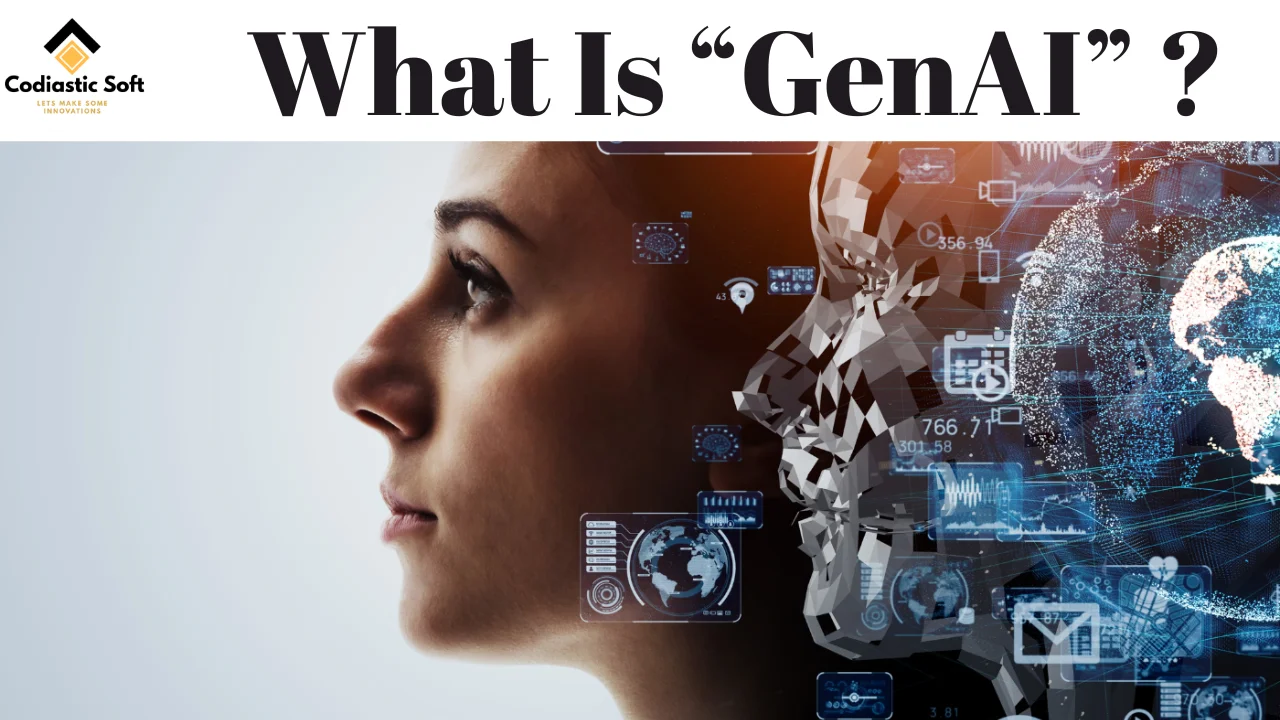Blog information
- Blog date: 2023-11-29 03:06:04
- Blog URL: www.codiasticsoft.com/Blogs
What is Generative AI
Generative AI refers to a class of artificial intelligence algorithms and models that have the ability to generate new content, whether it be images, text, music, or other forms of data. These models are trained on large datasets and can autonomously produce content that is often indistinguishable from what a human might create.
There are various types of generative models, but two prominent categories are:
- Generative Adversarial Networks (GANs):
- GANs consist of two neural networks, a generator, and a discriminator, which are trained simultaneously through adversarial training. The generator creates data instances, and the discriminator evaluates them. The generator aims to create content that is realistic enough to fool the discriminator. This adversarial process results in the generator producing high-quality, realistic outputs.
- Variational Autoencoders (VAEs):
- VAEs are another type of generative model that focuses on learning the underlying distribution of the training data. They are based on the principles of variational inference and use encoder and decoder networks. The encoder compresses input data into a latent space, and the decoder reconstructs the data from this latent representation. VAEs can generate new data by sampling from the learned distribution in the latent space.
-
Applications of Generative AI:
- Image Generation:
- GANs, in particular, are widely used for generating realistic images. They have been used to create photorealistic faces, artwork, and even entirely synthetic scenes.
- Text Generation:
- Generative models can be used to generate human-like text. OpenAI's GPT (Generative Pre-trained Transformer) models are notable examples that have demonstrated the ability to generate coherent and contextually relevant text passages.
- Music Composition:
- AI models can generate music compositions based on patterns learned from large datasets of musical compositions.
- Style Transfer:
- Generative models can be used for style transfer, where the style of one piece of content (e.g., an image) is applied to another while preserving its content.
- Drug Discovery:
- Generative models are used in drug discovery to generate molecular structures that may have desired properties, aiding in the search for new pharmaceutical compounds.
- Data Augmentation:
- Generative models can be used to augment datasets for training other machine learning models. This is particularly useful when the available data is limited.
- Simulation and Gaming:
- Generative AI is employed in creating realistic simulations and generating game content, including characters, environments, and narratives.

